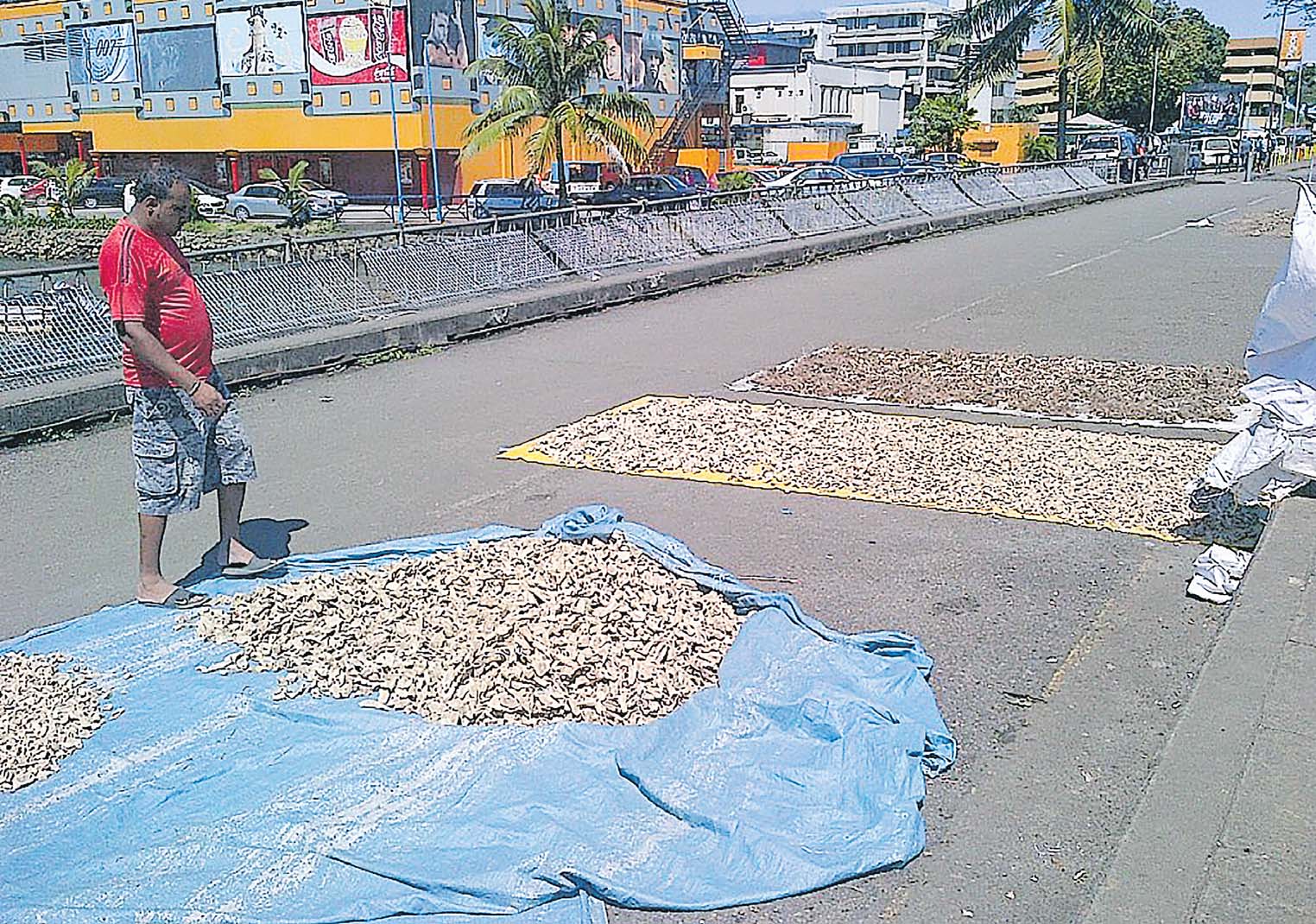Kava has grown to be one of Fiji’s major agricultural trade commodities, contributing significantly to the nation’s gross domestic product.
Figures from 2022 showed that it brought in more than $40million in exports and this, according to Deputy Prime Minister and Trade Minister Manoa Kamikamica, could easily grow and surpass the earnings of the sugar industry.
“It will potentially surpass sugar. For the markets of Europe, United Kingdom, and China, we’re looking at trying to open them up and so the opportunity for more production is certainly there,” Mr Kamikamica said.
“We need to probably put some regulations around it just to make sure that the quality is consistent and safe for consumption but it’s an exciting time for the kava growth. If we play our cards right, there should be a bit of a boom in the kava industry in the years to come.”
Fiji’s major current kava export destinations are the United States, Australia, and New Zealand while other export destinations include Marshall Islands, Hawaii and Nauru.
Last week, the European Union (EU) showed interest in working with the Fiji Government on a possible resumption of commercial kava export to the EU markets.
Currently there’s a ban on kava exports into Europe which came into effect in early 2000.
But imagine if China, UK, Europe, and countries opened their markets to Fiji and allow us to export kava to them?
Government on Kadavu kava
It is common knowledge in Fiji that Kadavu has quite a large number of kava farmers and is a main source of income for those on the island.
A study conducted by the Pacific Horticultural and Agricultural Market Access Plus (PHAMA Plus) Program in 2018 showed that there were 1529 kava farmers on Kadavu, second to Cakaudrove province with 3005 farmers.
However, these numbers could have grown significantly over the past two or three years, particularly during the COVID-19 pandemic period when most people returned to their villages for a period of one or two years.
Mr Kamikamica had taken a three-day cooperative and small and medium enterprises tour on Kadavu early this month where he visited villages and held discussions with farmers, including the Kadavu Kava Farmers Co-op and the Kadavu Co-op Association.
“Basically, in a very broad sense, Kadavu is one of the largest producers of kava in Fiji and as a resource owner, we’d like to think that they capture more of the benefit on the island. At the moment the middlemen are coming to Kadavu and then they really don’t get any benefit beyond the purchase price here,” he said.
“So, there’s a discussion going in terms of how we can optimise the benefit of the effort that goes into the ground. It is sort of a four to five-year crop and so when it’s harvested, we, as a government, we feel that more needs to be done so that they can actually benefit from the hard labour.
“That can potentially mean so many things, including centralising kava supply under a cooperative, but that needs the consent of the vanua, the chiefs of Kadavu and also the people. That’s part of an ongoing discussion.”
He said the idea of supplying a kava cooperative was not new as thias was a process used by provinces before.
“It’s not a new idea. It’s been floated before, but I think this government more than any, is probably well positioned to have those very constructive conversations and ultimately, if the owners of kava here are able to export directly into markets, that transforms the livelihood in terms of getting more benefits.
“I mentioned in the village of Niudua, that kava is potentially a billion dollar industry for Fiji. It will potentially surpass sugar. The markets of Europe, United Kingdom, and China, we’re looking at trying to open them up and so the opportunity for more production is certainly there.
“We need to probably put some regulations around it just to make sure that the quality is consistent and safe for consumption but it’s an exciting time for the kava growth.”
Mr Kamikamica said if our cards were played right, there should be a bit of a boom in the kava industry in the years to come.
• PART 2 next week



